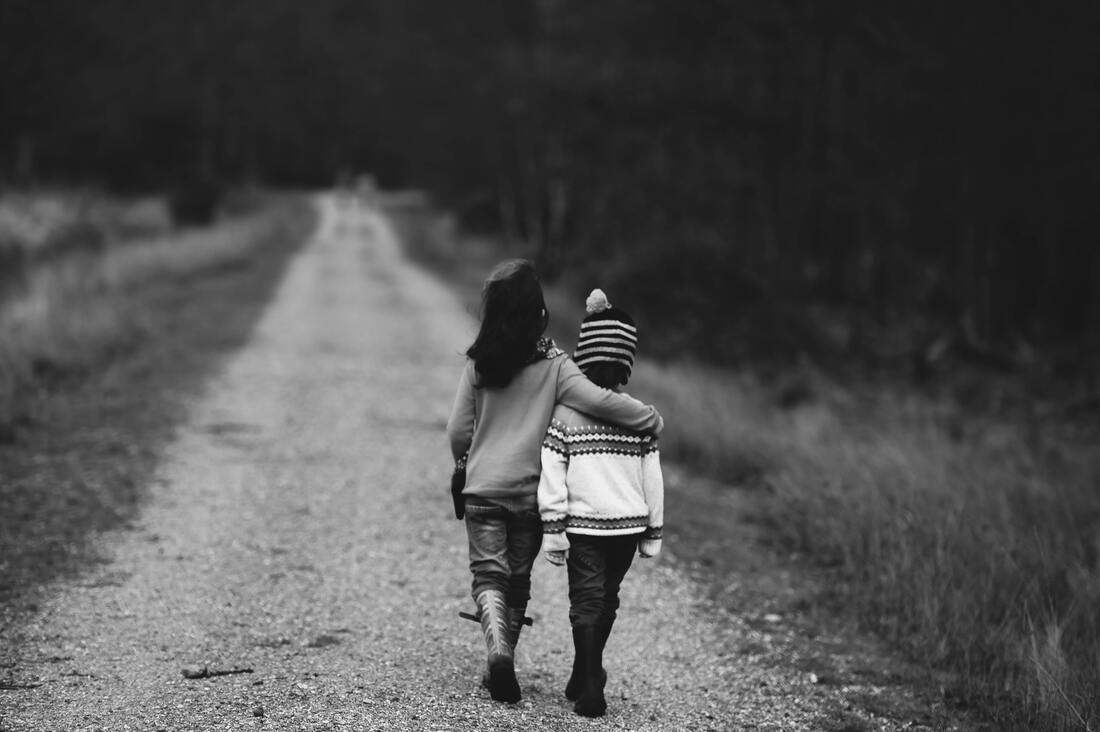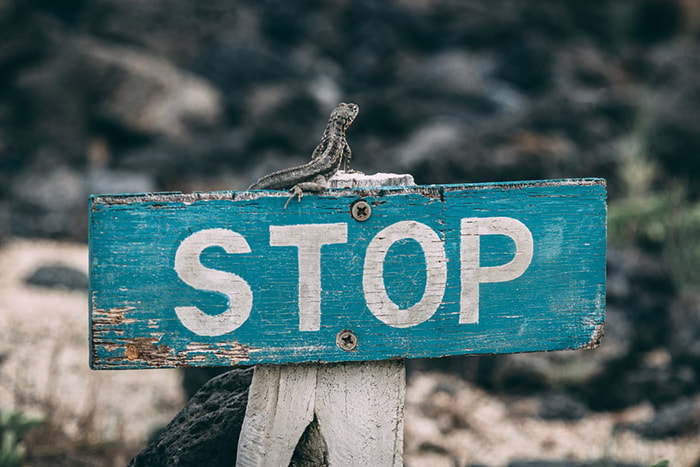|
Humans are creatures of habit. Most of us like things to be orderly, familiar and to “make sense.” We get used to our routines, they can provide comfort and give a sense of control. What happens when a crisis occurs, and life doesn’t make sense, and everyone around us, including the media, begins speculating on grim outcomes? What if there are no immediate answers and we are faced with many unknowns, trying to cope with a new normal, even if for only a short period of time?
One of the most effective ways for overcoming overwhelm and frightening feelings of insecurity and loss of control is to settle into the space of unknowing with a gentle acceptance. Get to know it, honor it, accept it. Settle in to a mindfulness practice that keeps you grounded in the present moment, not worrying about what might happen in the future, because none of us truly knows the future. When we awaken to a greater force, one that forgoes our external experiences and relies on the resiliency and strength of who we truly are at our core, we can find compassion, faith, love and hopefulness. Where to begin?
I hope you will share this article with those you love and care about who may be struggling. To find more articles on meditation, mindfulness, self-empowerment and building resiliency in difficult times, visit www.PeaceandPear.com . May each of us work towards spreading more peace, love and calm. Stay well. Peace, love and pear! Christine Porter
0 Comments
Cultivating a practice of calm amidst the chaos of life. An everyday “accessible and portable” mindfulness practice to support you when difficult moments arise in your day. Have you ever arrived at your destination only to realize you don’t remember the drive? Or what about having that pit in your stomach when you realize you just polished off a whole pizza in a matter of minutes and you weren’t even hungry but very frustrated. Maybe it’s being distracted and anxious with your to-do list spinning through your mind and not being able to focus on a conversation with your partner. What about that meeting where you became so frustrated, you were unable to control your responses.
We’ve all been there, and it can be startling when you catch yourself. These are classic examples of being distracted, frustrated, fearful and unaware of what is going on around you and within you in that moment. Our minds take flight, we lose touch with our body and soon we’re engrossed in obsessive thoughts about something that just happened, labelling it as bad or good. We worry about what happened in the past or what might take place in the future. We're caught in a cycle of trying to control a situation. Many of my programs and workshops center around body/mind awareness and creating space so we become less reactive and more active in making conscious choices. This allows us to lead ourselves and others with more insight, compassion and strategy. Practicing mindfulness or as I like to call it, “being present”, is an effective practice once it becomes familiar and routine for you to check in with yourself. The STOP practice is just one of the mindfulness tools I teach that has helped my clients reduce stress, build resiliency in their ever day lives and manage teams more effectively. This is a great technique to practice whenever you’re feeling in distress or anger arising. It creates the space we need to observe and tame our feelings. It also allows the space to access the deeper resource within you, developing the emotional intelligence and psychological resilience and flexibility to help master more challenging moments. S: The “S” literally means to just stop what you’re doing, allow yourself a moment to come to rest, pause and collect yourself. T: The ‘T” stands for taking a conscious breath. Now that you’ve paused, take a few deep breaths, feeling the expansion of your belly as you breathe deeply. Bring your focus to your breath, even counting as you inhale and exhale can calm the brain and nervous system, allowing you to become more aware of how you are feeling and slow the cortisol flowing in your body. Bring your attention to your feet and feel the support of the ground as you breathe. O: the “O” stands for observe the thoughts, feelings and physical responses happening in your body. Is your neck tense and your teeth clenched? Bring your awareness to those areas, breathing deeply and see if you can be in the situation without being ruled by it. Offer yourself and others in the room self-compassion. As you begin to feel more calm, open yourself up to the choices you have in terms of how to best move forward from here. P: The “P” reminds you to proceed being more aware and intentionally setting the next step with strength, wisdom and the art of being present in the moment. Remind yourself you don’t always have to react in the moment and there often is more power in being mindful of all the opportunities to explore new ideas, thoughts and behaviors. To be engaged in difficult conversations and life situations is a part of being human. Releasing the attachment to the outcome, knowing you have a strength to acknowledge and release your reactions, that is the practice of mindfulness in and of itself. Know someone who could benefit from learning this powerful technique? Pass this article on. Interested in exploring meditation, mindfulness and healthy living programs for your or your staff? Contact me at [email protected] or visit www.PeaceandPear.com to learn more. |
Let's get social!


 RSS Feed
RSS Feed
